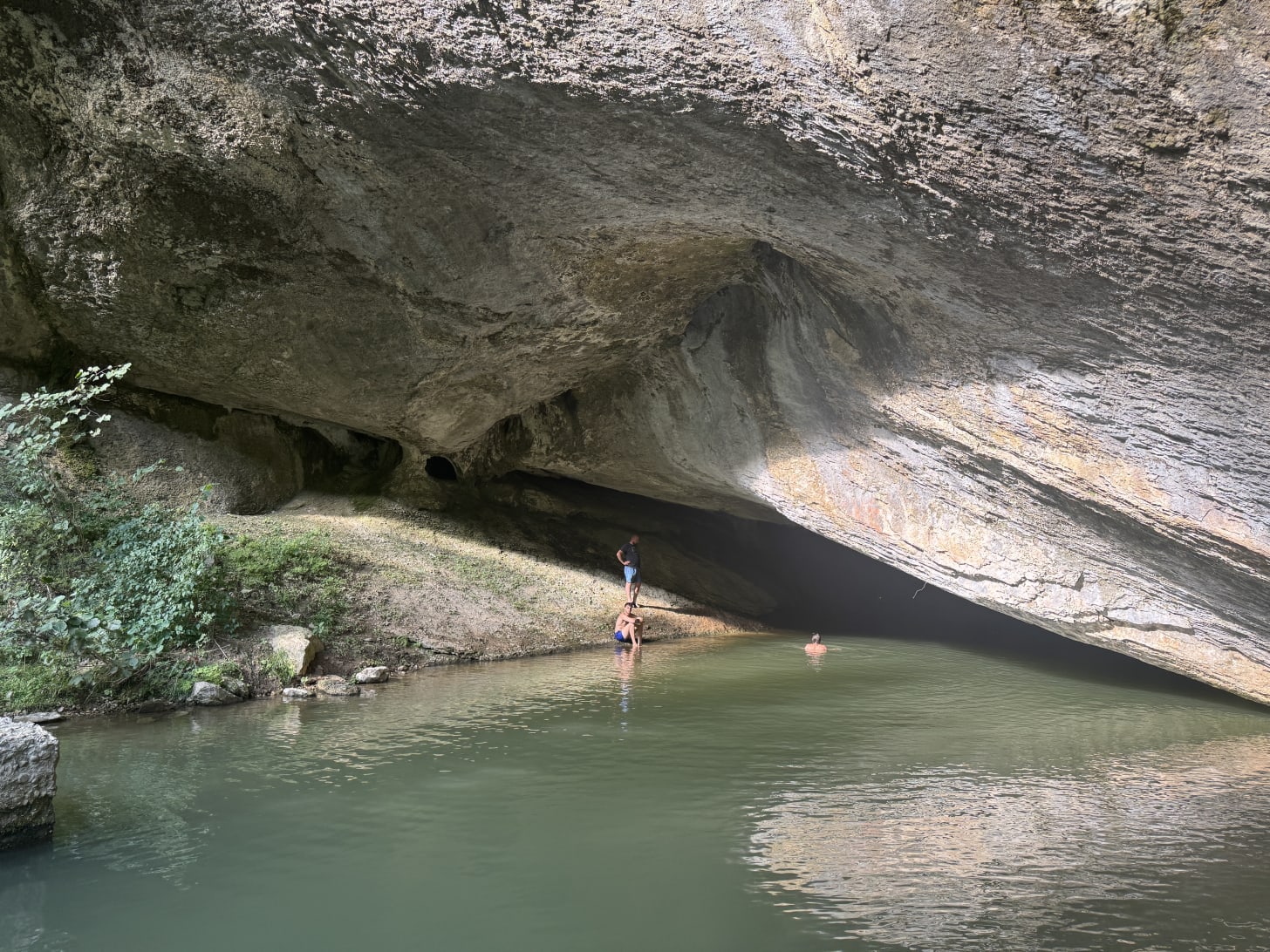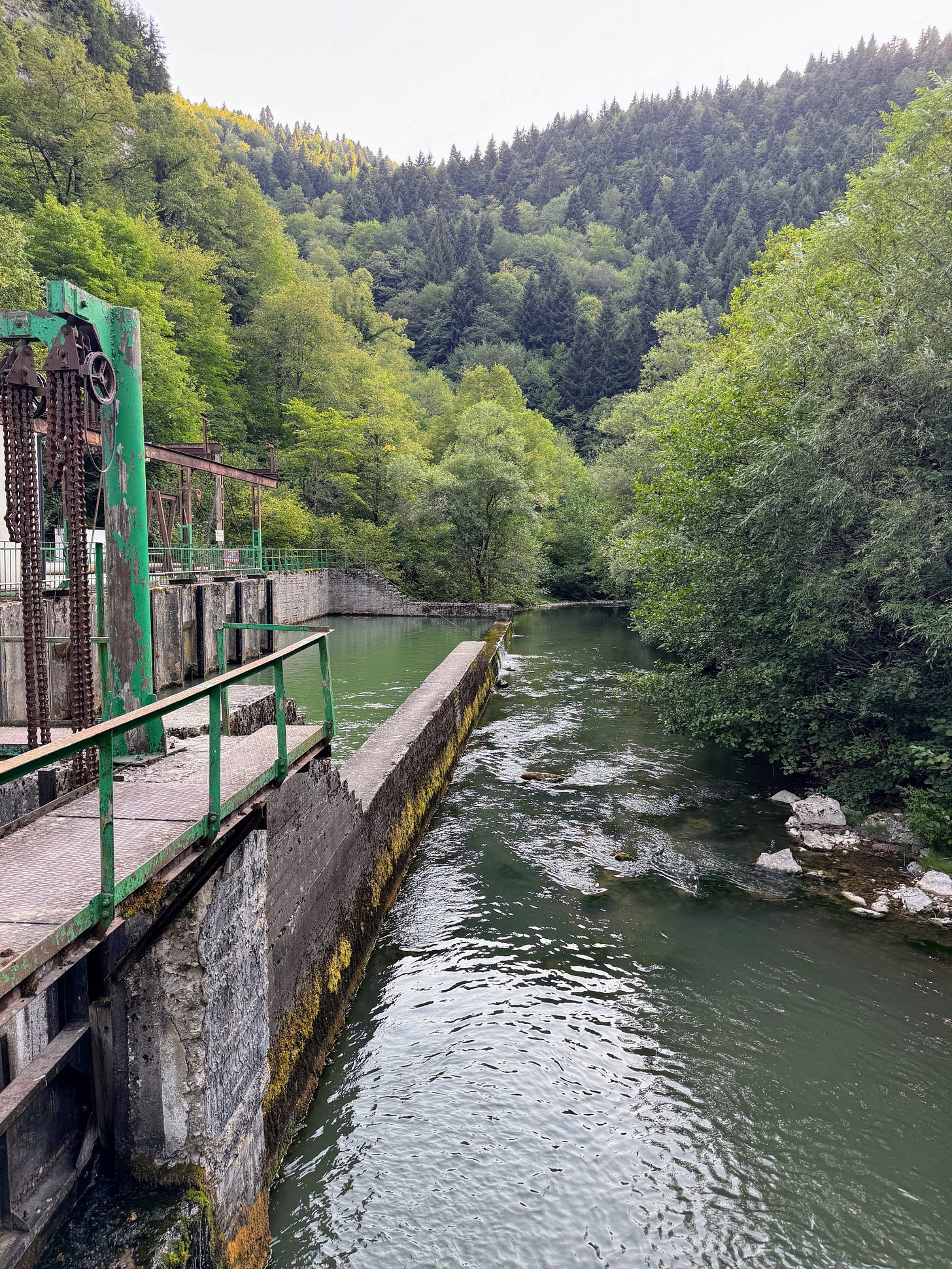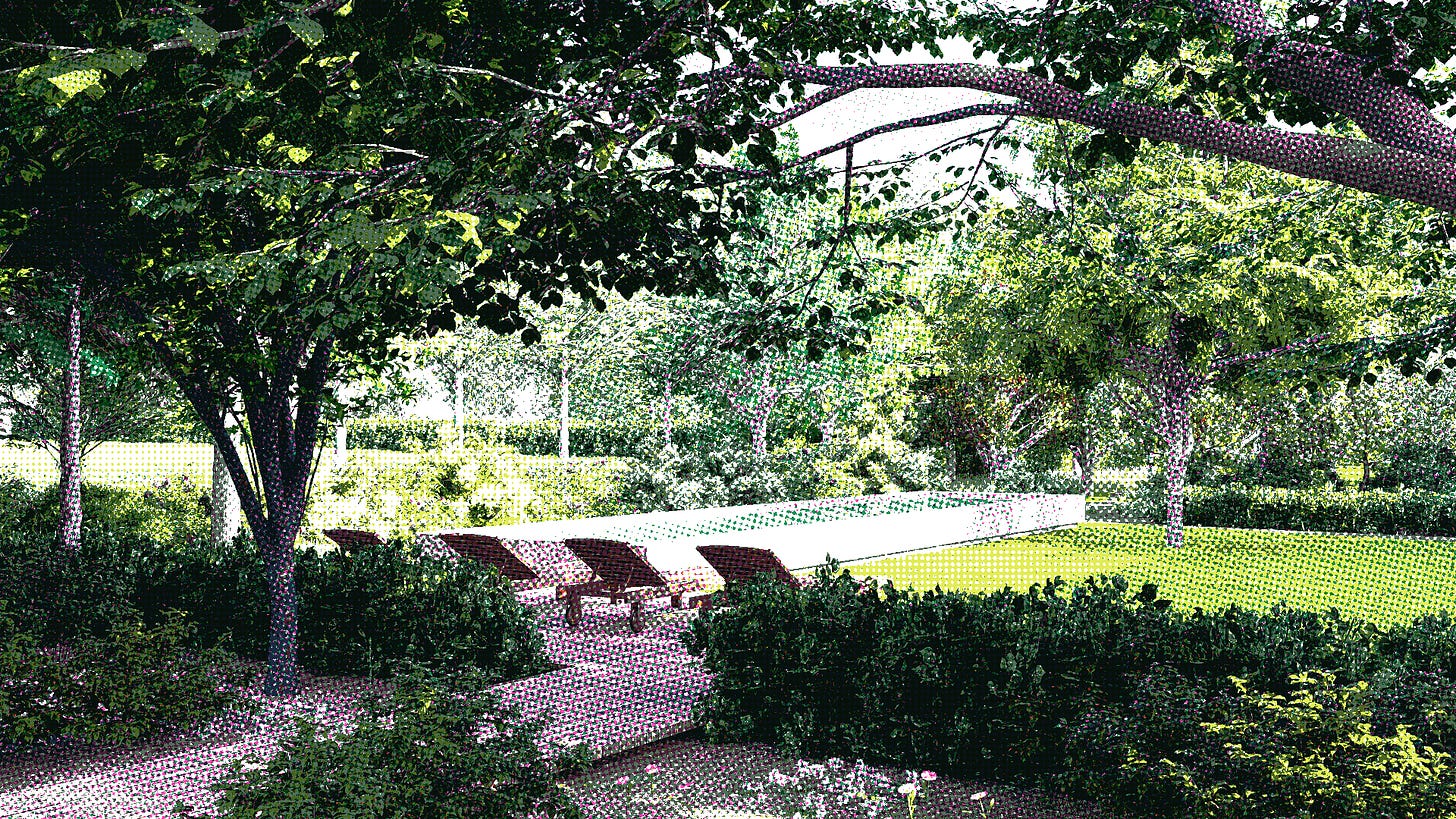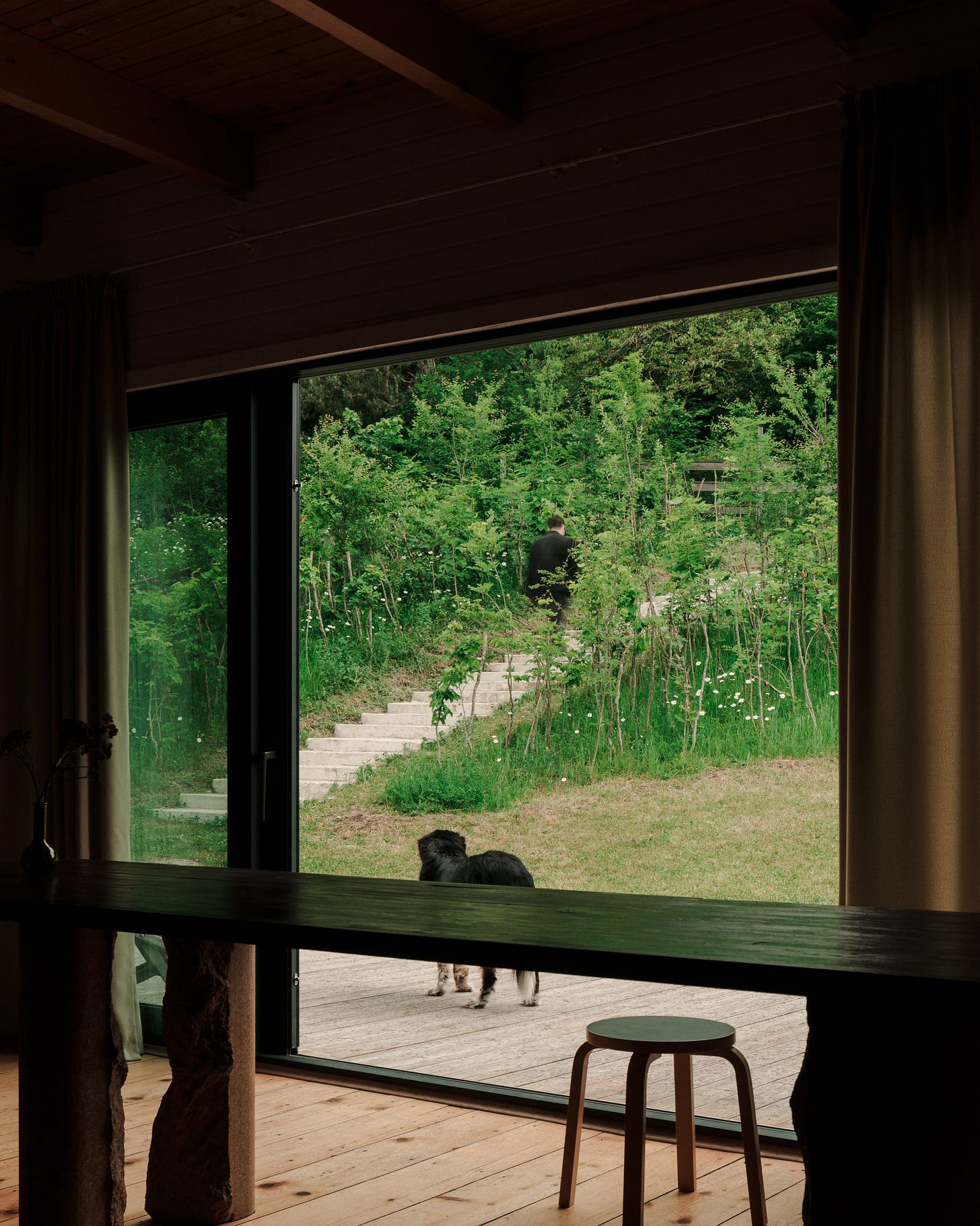Cool green water flows from “The Source of Shareula” cave near at the base of a limestone cliff in Racha. The deep pool, bracketed by concrete foundations (for a bridge? a swimming dock?) allows full submersion on hot August days. The flow from the cave, at just over 4 m³/s it powers the nearby Chelishi hydrostation, adjacent to the 15th-century Chelishi Monastery.
But what is the source behind the Source? Some topo maps show the rivers Shareula and Shaora splitting from a small divide (+1144 m) near Nikortsminda, with Shaora flowing into Shaori Reservoir. Digital maps label the Shareula river flowing out of Shaori. At the southern end of the reservoir near the Narkerela Pass (+1218 m), penstocks siphon water from Shaori to feed the 32 MW Tkibuli hydropower plant (+668 m). Tkibuli, with all that clean power at its disposal, remains the coal mining center of Imereti. On the web site of EP Georgia Generation, Shaori HPP’s operator, there’s a mention of foibe, or funnel on the west side of the Shaori reservoir, near the rockfill dam. Is the foibe the Source, with an underground river connecting to the cave? Typical Georgia: something dramatic, inexplicable, and sublime, with a bit of crumbling concrete and trash in the corner.
Ruderal will be exploring two regions in Racha this October, Shakhartali and Shkmeri/Mravaldzali, with Cityförster, conducting field research and planning of new recreation zones. While Racha is best known for alpine peaks and glaciers at the border with Russia, and Rioni Gorge vineyards—the protected origin of the Kvanchkara grape—these two high plateau areas of Shkhartali and Mravaldzali are relatively undiscovered. They hug the dramatic divide between Racha and Imereti and feature diverse topography and plant communities, including evergreen forests and juniper, hazel and holly scrubs, and well-preserved Oda-type houses.
Works in Progress
Bodbe Hotel’s landscape phase one is complete, and Phase 2 well underway. With the opening of new padel courts, the lower campus is alive with activity.
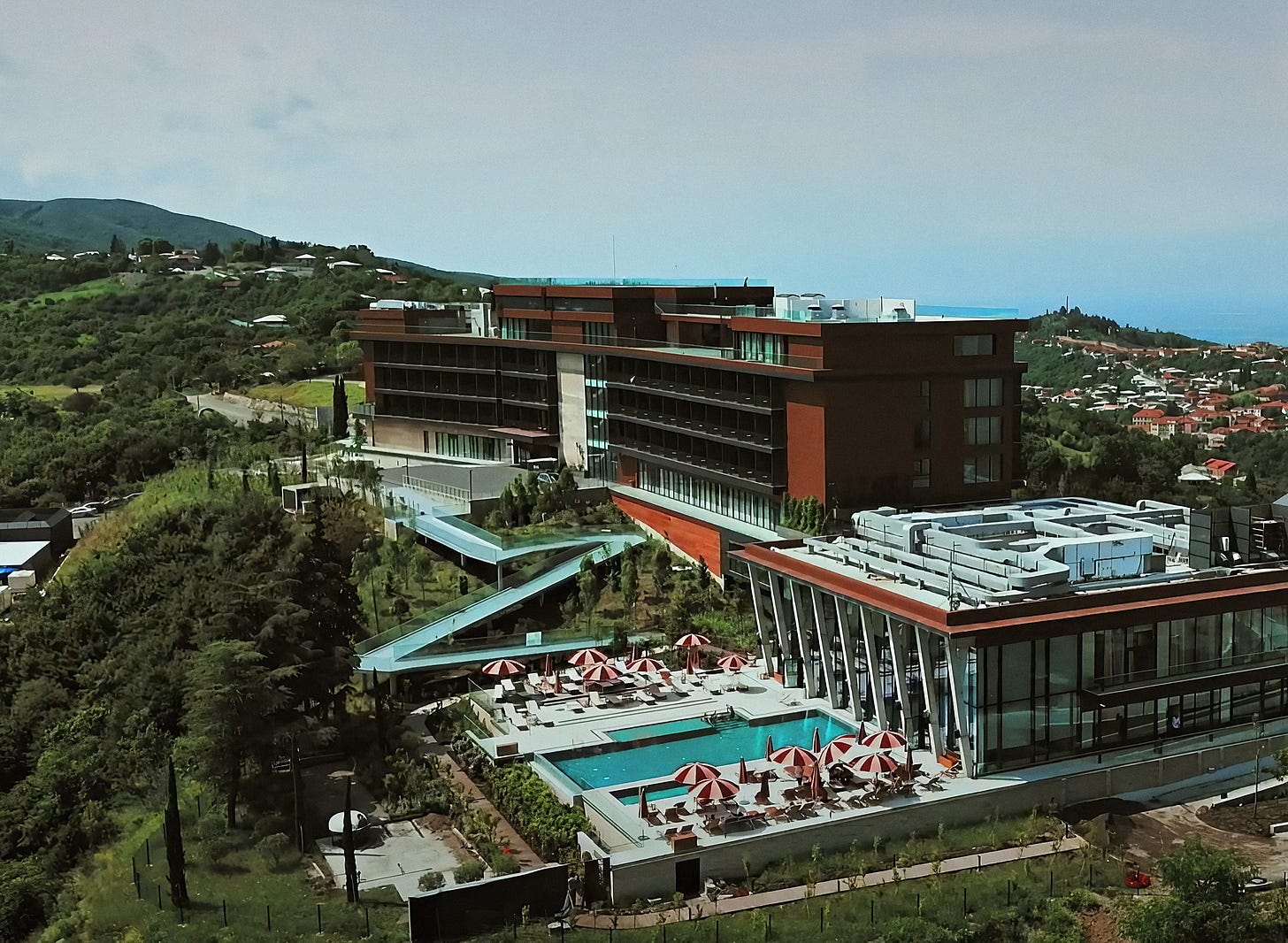
Tsqneti Chiaroscuro:
A pine plantation near the Ukanakhevi gorge surrounds this garden in a Soviet-era parkland planting dominated by—you guessed it—stands of monumental Himalayan cedars. We doubled down on the evergreen darkness, adding a patch of hardwood forest and understory planting, to highlight a meadow clearing adjacent to the home. Final grading and drainage are in progress, with planting scheduled to start in October. Save for a few proper amelanchier specimens from Poland, the trees and shrubs are sourced from Kakheti and Lagodekhi nurseries.
New posts on the Substack:
An Exclusive Interview with The Ancient, Giant Plane Tree of Telavi: Guest editor Ben Arenstein nabbed this exclusive with one of Telavi’s millennial icons.
The Murmuring of the Forest Multitude: An interview with Stefan Laxness on the practices and promise of Community-Led Landscape Restoration
A Future Canopy for Historic Gudiashvili Square in Tbilisi: A new layer of trees will provide continuity as older plantings succumb to disease and age.
A Garden of Restitution: Outside of the carceral realm, a neutral space: a garden proposal for the 2018 Tbilisi Architecture Biennial.
The Fertile Sections of Lower Manhattan (no it’s not a Sonic Youth Side project): Material and Imaginative Natures in Lower Manhattan, 1968-2008
More Power Thuja: Designing a garden in a former pastureland in Tbilisi’s suburbs
Landscape Architecture Magazine’s October issue will feature the Betania Forest Garden, with new project photos by Grigory Sokolinsky.
Ruderal’s Benjamin Hackenberger spoke about the Tbilisi Urban Forest on “What’s that Green?” (Link to Spotify episode) and detailed how we worked with a team of environmental experts to develop an aesthetic approach to forest design, rooted in science.
Ruderal will be out and about this fall:
At Auburn University, the week of October 4-10 , a workshop with Wagon Landscaping, Auburn landscape students and faculty.
At ASLA New Orleans, on Friday 10 October, panel discussion, “Feral, Making Wild Landscapes” with Mathieu Gontier of Wagon Landscaping and David Hill of Hillworks. Discussion of our studio methods and feral aspects of Arsenal Oasis and Betania Forest Garden.
In Porto at the University of Porto, Faculty of Sciences on Monday, November 3rd, “Landscape Architecture Research Methods in Academia and Practice.”
In Prague at KRUH on Thursday, 6 November. “The 24th lecture series, titled LAND/SCAPE, will introduce progressive landscape studios and visionaries focused on reimagining the use of public spaces, landscape resilience, the reintegration of nature into cities, and the promotion of biodiversity.”
And Vienna on Monday, 1 December at the Institute for Art and Architecture , Academy of Fine Arts, Vienna.
Sarah’s field drawings are featured in The Shape of What Remains, an exhibition by Aea: Culture Initiative, curated by Nata Tatunashvili, at the Venice Design Biennial.
The Shape of What Remains: Six gestures of repair across broken geographies, presented by Aea: Culture Initiative, reflects on how we live when the world is ruptured. The project consists of six compartments, shaped by the lived experiences of women from the Aea community, forming a non-linear atlas of survival.
Hope we can catch you somewhere on the road this fall!
Read on Substack